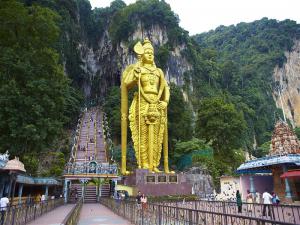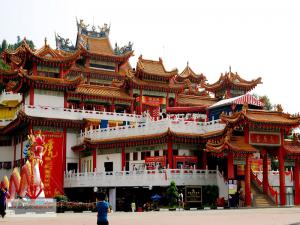
Petronas Towers

Genting Highlands

Batu Caves

Kuala Lumpur City Centre

Kuala Lumpur Tower

National Mosque of Malaysia

Kuala Lumpur Bird Park

Merdeka Square, Kuala Lumpur

Thean Hou Temple

Chinatown Kuala Lumpur

Sunway Lagoon

Sultan Abdul Samad Building

National Museum

Islamic Arts Museum Malaysia

Petrosains, The Discovery Centre

